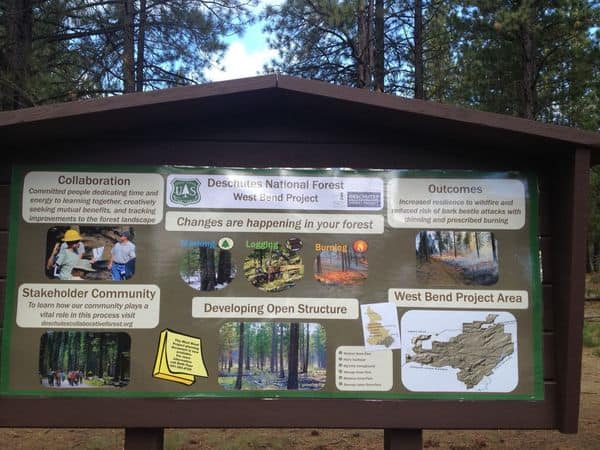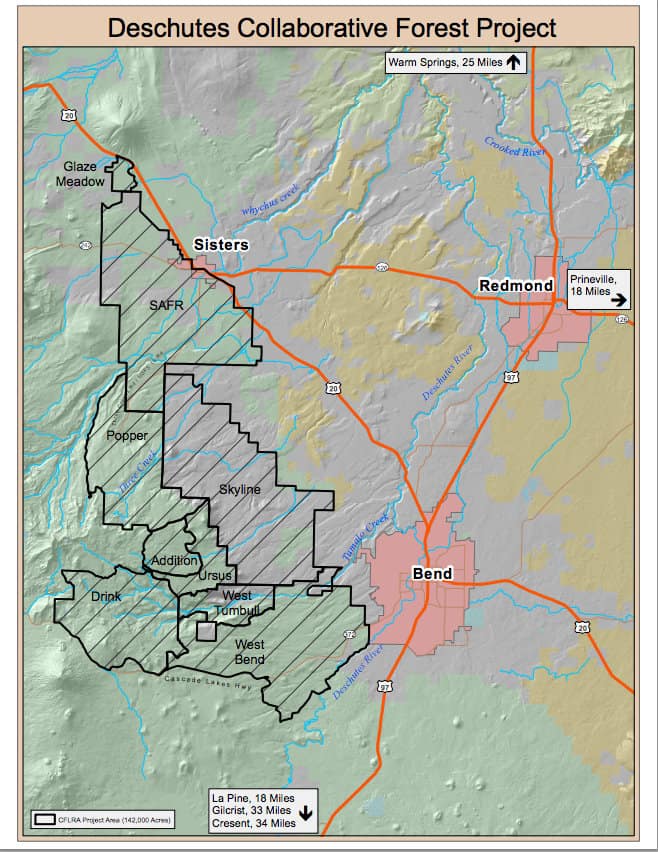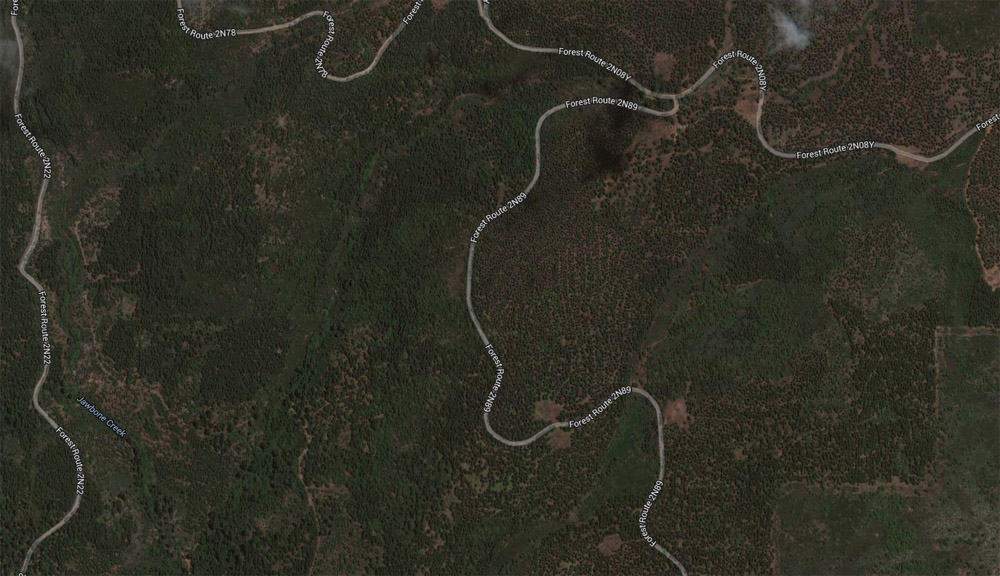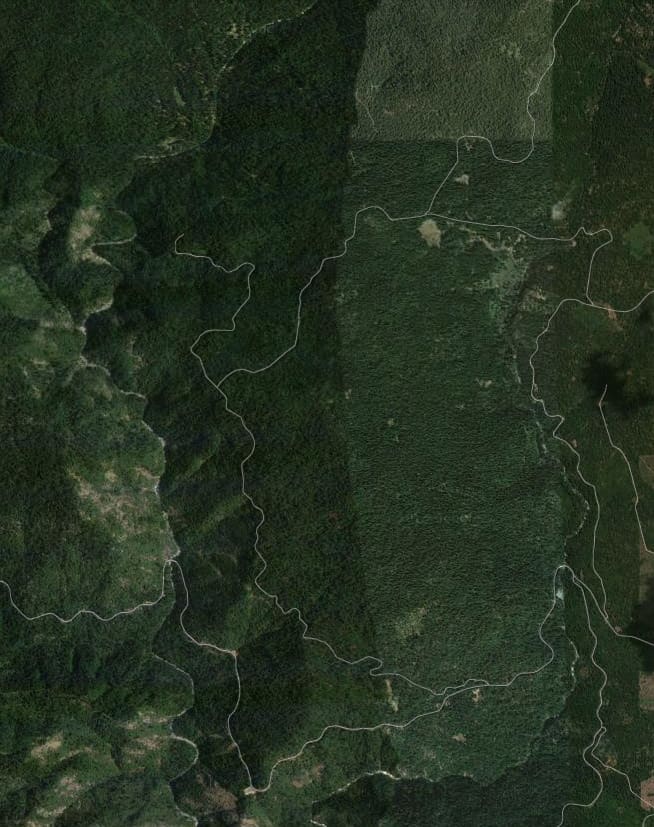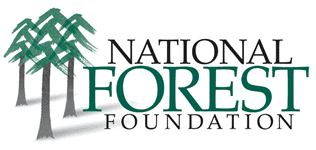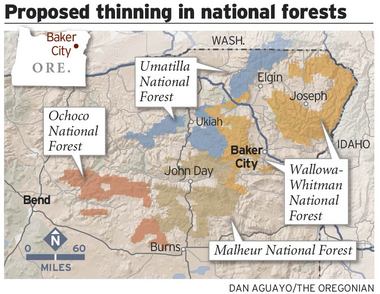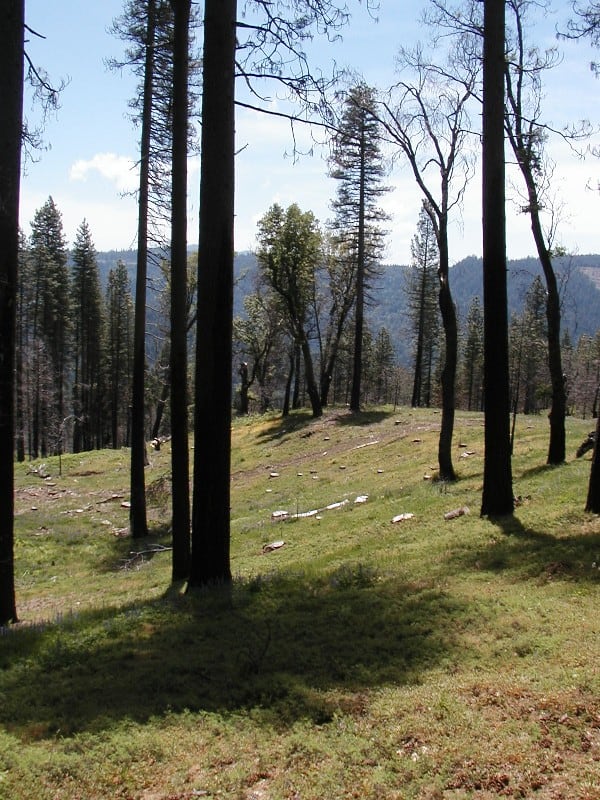For those opposed to sound forest managements here are some more research and empirical highlights to hopefully cause you to rethink your position:
1) Science Basis for Changing Forest Structure to Modify Wildfire Behavior and Severity “General Technical Report RMRS-GTR-120” 2004 – some quotes include:
– “More than 80 years of fire research have shown that physical setting, fuels, and weather combine to determine wildfire intensity (the rate at which it consumes fuel) and severity (the effect fire has on vegetation, soils, buildings, watersheds, and so forth).”
– “Models, field observations, and experiments indicate that for a given set of weather conditions, fire behavior is strongly influenced by fuel structure and composition.” I and others have repeatedly tried to explain this to certain members of this blog
– “Models and observations of landscape scale fire behavior and the impacts of fuel treatments clearly suggest that a landscape approach is more likely to have significant overall impacts on fire spread, intensity, perimeters, and suppression capability than an approach that treats individual stands in isolation.” –> This knowledge regarding the need for a landscape approach supports my frequent statements to the effect that a matrix of stands in various forest types and age classes representative of some loose form of forest regulation will be impacted less by fire than a more homogenous forest. I also maintain that the science supports matrix management as being crucial to minimizing the risk of catastrophic losses from beetles while having less long term impact on endangered species than out of balance age class distributions.
– Echoing what BobZ says frequently on this blog, the article says: “Before Euro-American settlement, cultural burning practices of Native Americans augmented or even dominated fire regimes in many vegetation types” –> Which is the basis for Bob’s constant reminder to those opposed to sound forest management that they are greatly mistaken when they want forests returned to some state untouched by mankind.
– Please note the graph on page 5 of Report RMRS-GTR-120 agrees with my interpretation of the graphs in this NCFP Post based on an article that Sharon found in the Denver Post in spite of those who claimed that there was no cause and effect scientific basis.
– You will also find a lot of support for what LarryH, BobZ Mac, BobS, John Thomas jr., Dave Skinner and others have reported in many comments in various posts. Unfortunately these scientific basis are often given a perfunctory dismissal by those without knowledge of the science and with an agenda opposed to sound forest management.
2) This abstract of an article titled: “Carbon protection and fire risk reduction: toward a full accounting of forest carbon offsets” from the Ecological Society of America points out that “Examining four of the largest wildfires in the US in 2002, we found that, for forest land that experienced catastrophic stand-replacing fire, prior thinning would have reduced CO2 release from live tree biomass by as much as 98%“.
3) This abstract of an article titled: “Basic principles of forest fuel reduction treatments” clearly states:
– “drier forests are in need of active management to mitigate fire hazard”
– “We summarize a set of simple principles important to address in fuel reduction treatments: reduction of surface fuels, increasing the height to live crown, decreasing crown density, and retaining large trees of fire-resistant species. Thinning and prescribed fire can be useful tools to achieve these objectives.”
– “Applying treatments at an appropriate landscape scale will be critical to the success of fuel reduction treatments in reducing wildfire losses in Western forests.“
